Understanding cultural heritage institutions’ current needs, challenges, and priorities in 3D digitisation and data management is crucial to shape sustainable, useful, and cost-effective services for the European heritage community.
For this reason, the EUreka3D initiative is launching a short survey that will take ca. 10 minutes to compile. All the CH professionals and communities are invited to take the survey, regardless previous use or knowledge about EUreka3D tools and initiative.
SURVEY: https://forms.gle/XniFvcMRobA8cmb16
EUreka3D and EUreka3D-XR projects are co-funded by EU to support Cultural Heritage Institutions (CHIs) in preserving, managing and providing access to 3D collections and reuse them in XR digital assets. They are both supporting projects to the common European data space for cultural heritage that is the flagship initiative in Europe for the digital trasformation of the cultural heritage sector.
As a major outcome of the projects, the EUreka3D Data Hub is a European alternative to private and commercial cloud services that guarantees full control on rights and content stored in EU, which supports high quality in 3D and reuse of collections, and facilitates sustainability of digitisation projects in Europe.
Additional services to CHIs such as 3D digitisation guidelines and support, capacity building and consultancy, and access to XR creation tools are provided as part of the EUreka3D Competence Center, the spin-off which will continue after the end of the EU funding period.
More info: www.eureka3d.eu







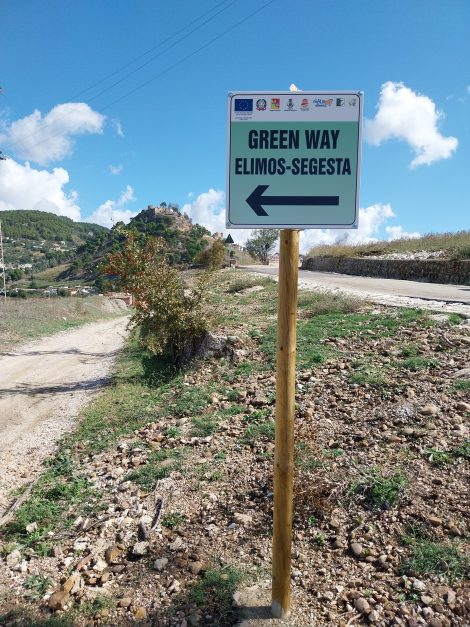


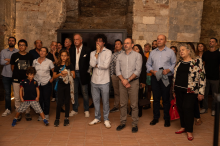
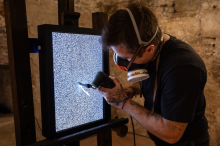

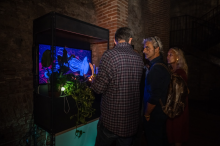
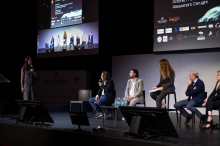
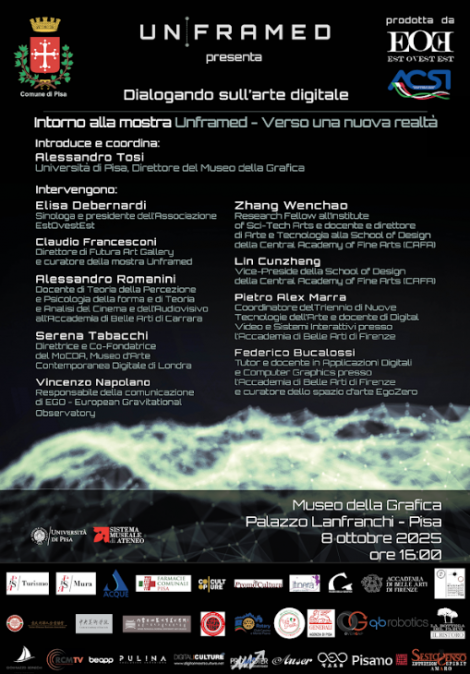


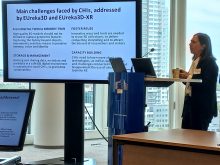
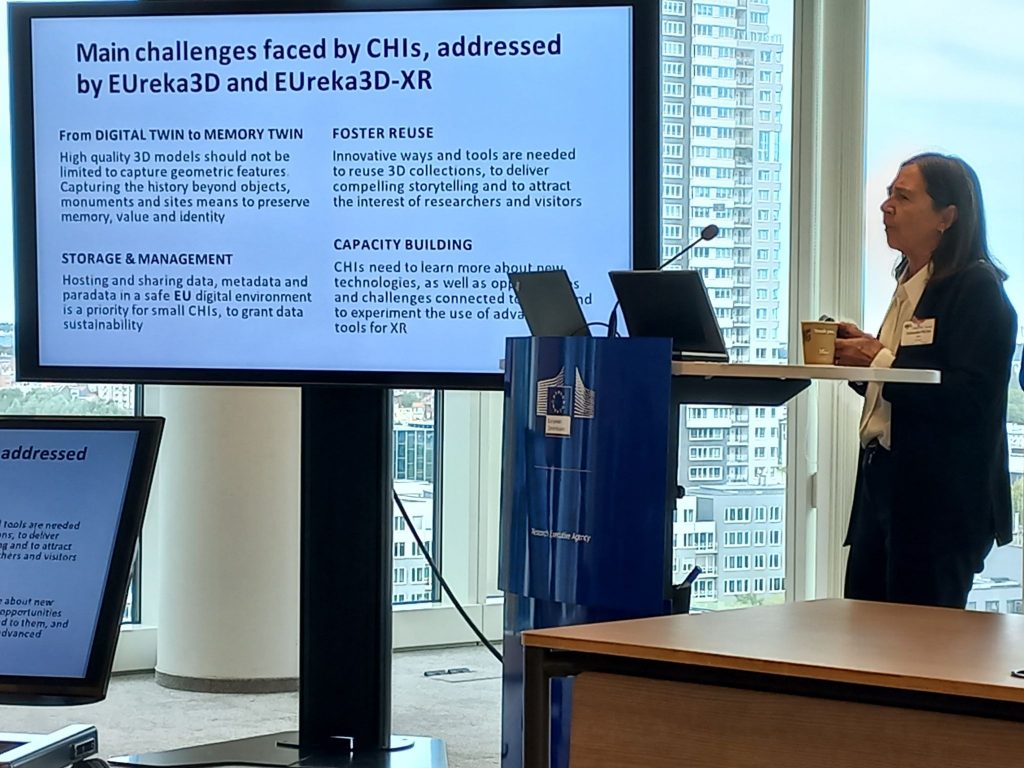






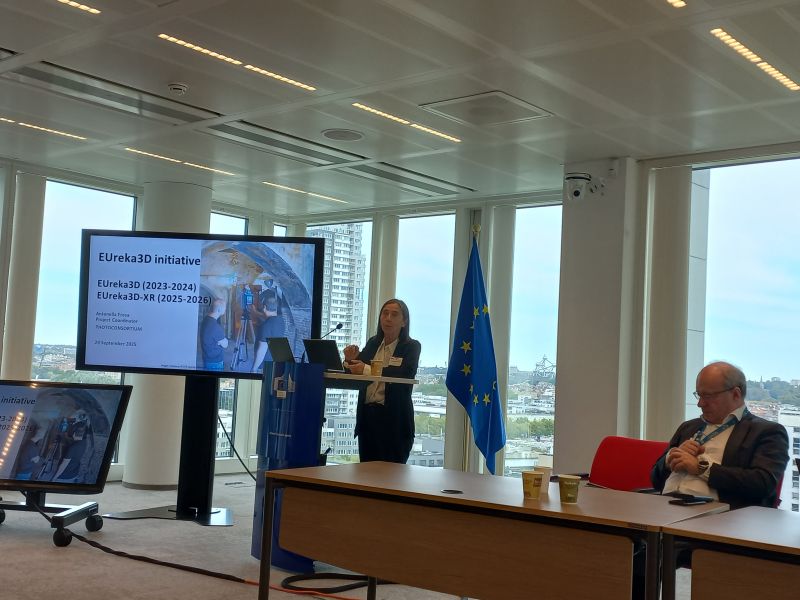




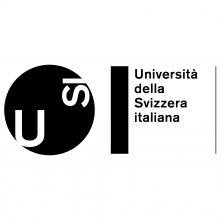
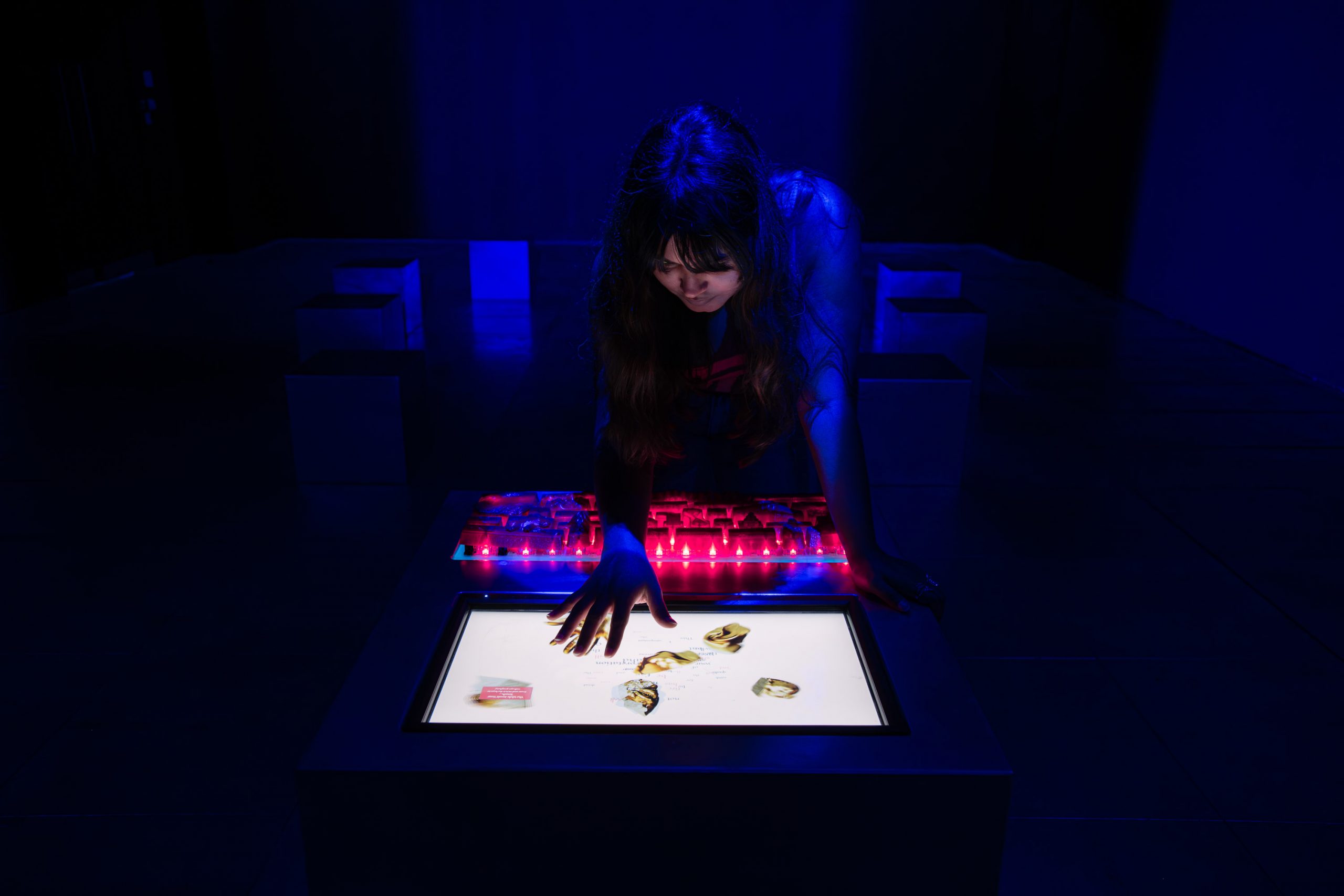
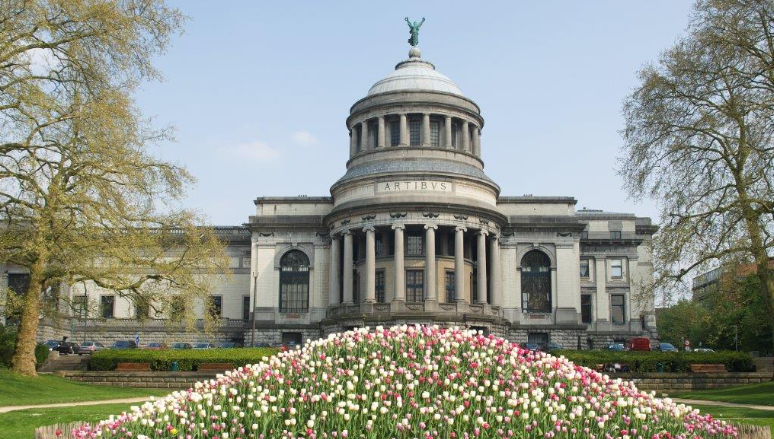
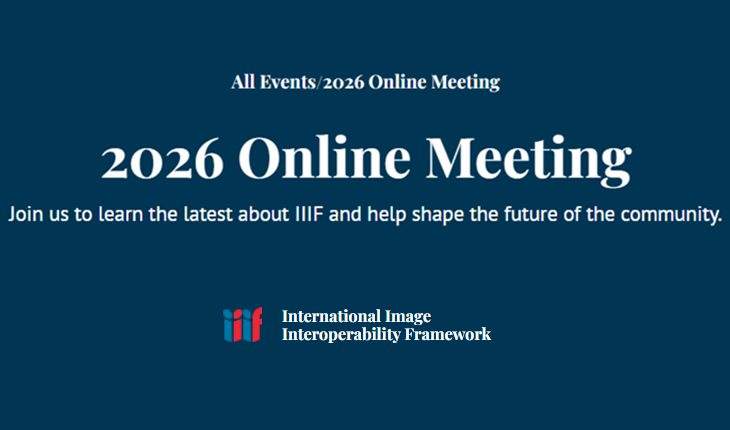








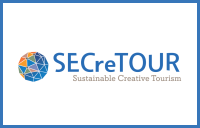
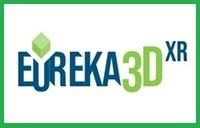


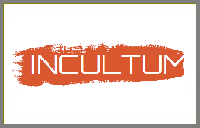
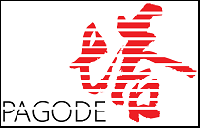
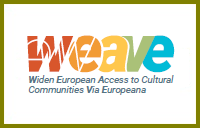

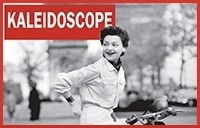
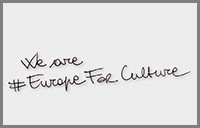
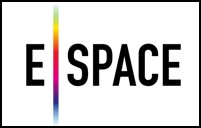
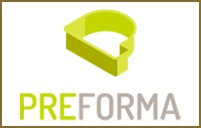
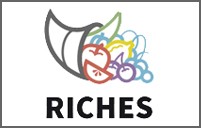
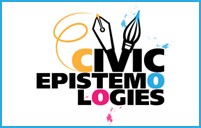


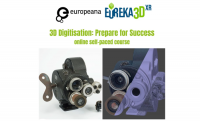
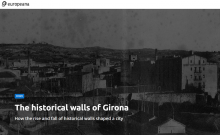

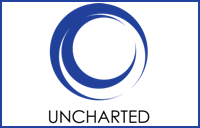
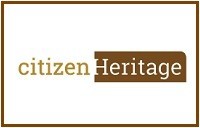
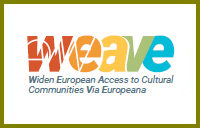

The EUreka3D-XR project seeks to transform digital cultural heritage resources into dynamic digital assets that can support engaging narratives and extended reality (XR) experiences. By doing so, it aims to inspire audiences, deepen connections with shared knowledge, histories, and enhance the valorisation of cultural heritage. In this light, one of the pilots of the project is set in Paphos and led by partner CUT Cyprus University of Technology. The pilot named “The creation of a new life of Saint Neophytos Englystra in Cyprus in the virtual space” is about visiting a monastery in a cave and being able to virtually meet avatars of the monks who lived there, ask them predefined questions and hear their stories, with headset.
The vision of the pilot is to produce a faithful digital representation of the Englystra based on previous and ongoing research to allow the primary stakeholder, the Monastery of Saint Neophytos, to tell the story of the Saint’s life and times through a digital ‘avatar’ of the saint who will appear in 3D and explains his story to the visitor. Two versions of the scenario are envisioned, one a Mixed Reality (MR) version on site and the other a purely virtual experience able to be distributed to schools. Partner MIRALab has already released a first prototype of the avatar, which was recently shown via headset during the capacity building event “Reimagining cultural heritage in 3D and XR” held in Brussels and online on 26/9/2025.
As part of the documentation of the cultural heritage site the pilot is set in, the CUT team in collaboration with the Saint Neophytos Monastery carried out an audiovisual documentation of the liturgy held on the Saint’s feast day. This unique liturgy was recorded for the very first time and its celebrated only twice a year: on 28 September, commemorating the discovery of the saint’s relics in the Englystra, and on 24 January. This recording will form an integral part of the holistic documentation of the monastery, enriching the preservation of its intangible cultural heritage. Selected excerpts will also be incorporated into the XR experience of the Englystra, currently under development within the EUreka3D-XR project.
Read more about the Pilot on project website: www.eureka3d-xr.eu